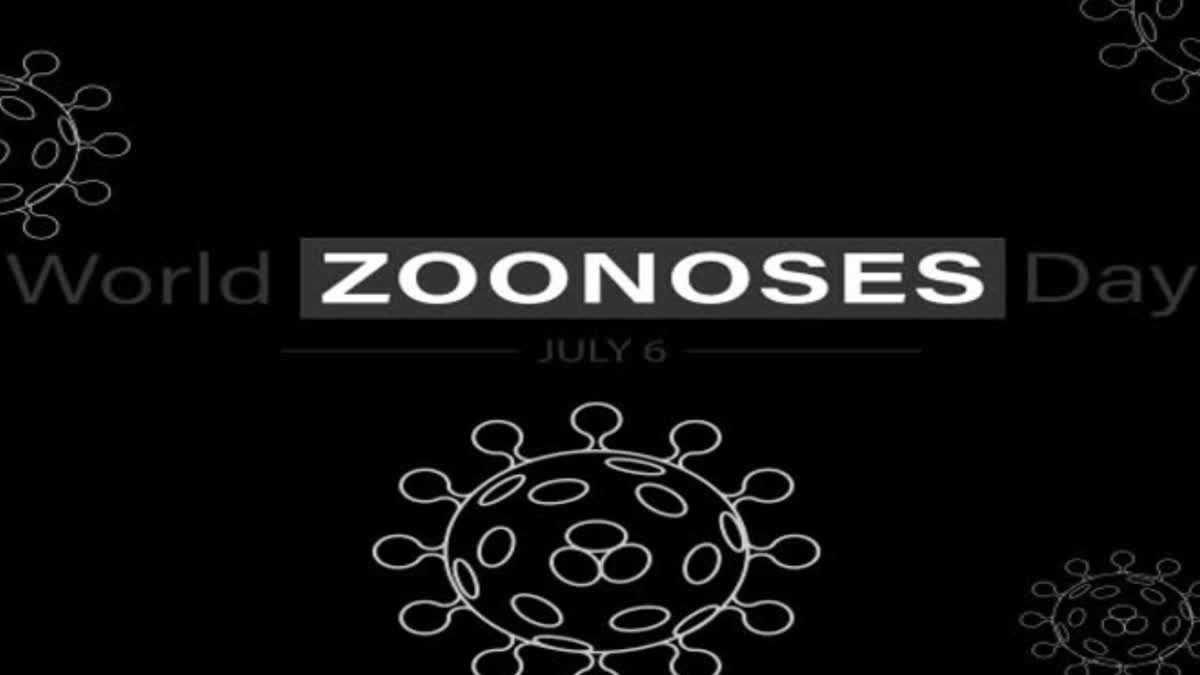New Delhi: With an aim to highlighting the importance of research, prevention, and collaboration in tackling zoonotic disease, World Zoonoses Day is observed on July 6. This day is dedicated to raising awareness about zoonotic diseases transmitted between animals and humans. The zoonotic disease has significant implications for public health, animal health, and the environment.
What Is Zoonotic Disease
According to the World Health Organization (WHO), zoonotic diseases account for about 60 percent of all infectious diseases in humans and over 75 percent of emerging infectious diseases. Transmitted between animals and humans, some examples of zoonotic diseases are rabies, Lyme disease, ebola, SARS, and COVID-19. However, according to the World Health Organisation (WHO) there are over 200 types of zoonotic disease.
History
The World Zoonoses Day is observed to celebrate the work of French biologist Louis Pasteur, who successfully administered the first rabies vaccine to one Joseph Meister on July 6, 1885. This vaccine ensured that the boy was saved from the infection. Louis Pasteur established the groundwork for studying zoonotic diseases that can spread from animals to humans. This marked a significant milestone in medical science and public health, demonstrating the potential to control and prevent zoonotic diseases through vaccination and scientific innovation.
Theme for 2024
Preventing the spread of zoonotic disease is the theme of World Zoonoses Day 2024. It will highlight progress in controlling zoonotic diseases and underscore the importance of ongoing collaboration to eradicate them. The event will highlight disease prevention achievements and promote awareness about sustaining these efforts.
WHO View
As per the World Health Organization, a zoonotic disease is an infectious disease that transmits from a non-human animal to humans. Zoonotic pathogens may be bacterial, viral or parasitic, or may involve unconventional agents and can spread to humans through direct contact or food, water or the environment. They represent a major public health problem around the world due to our close relationship with animals in agriculture, as companions and in the natural environment. Zoonoses can also cause disruptions in the production and trade of animal products for food and other uses.
Who Is At Risk
Zoonotic pathogens can spread to humans through any contact point with domestic, agricultural or wild animals. Markets selling the meat or by-products of wild animals are particularly at high risk due to the large number of new or undocumented pathogens known to exist in some wild animal populations. Agricultural workers in areas with high use of antibiotics for farm animals may be at increased risk of pathogens resistant to current antimicrobial drugs. People living adjacent to wilderness areas or in semi-urban areas with higher numbers of wild animals are at risk of disease from animals such as rats, foxes or raccoons. Urbanization and the destruction of natural habitats increase the risk of zoonotic diseases by increasing contact between humans and wild animals.
India Perspective
The National Centre for Disease Control (NCDC) has established the Centre for Arboviral And Zoonotic Diseases comprising nine national reference laboratories dealing with zoonotic diseases of public health importance including outbreak-prone and emerging infectious diseases. The role of the division is primarily to provide laboratory evidence by conducting special and reference-level tests which are not available at most of the institutes or medical colleges in India. Currently, work is being carried out on zoonotic diseases like rabies, kala-azar, arboviral infections (dengue, JE, chikungunya, zika virus & CCHF) toxoplasmosis, brucellosis, leptospirosis, rickettsiosis, hydatidosis, neurocysticercosis, plague and anthrax etc.
The NCDC has also set a target to prevent and control deaths due to rabies in humans and progressively achieve the global target of “Rabies-zero by 2030”.



